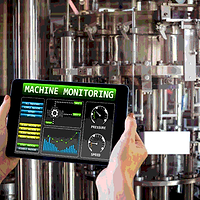FAO Pilot Project Assists Countries in Food Safety Indicators

Several countries in Asia have asked the Food and Agricultural Organization of the United Nations (FAO) to provide guidance on the development of food safety indicators.
The pilot project has backed up the potential to use food safety indicators to strengthen national control systems, but it found that results are not comparable between countries.
The four countries participating are Bhutan, China, Cook Islands, and the Philippines. They vary in their capabilities and were chosen so that they could show how such indicators are an approach that be scalable as applicable. Project findings were published before a webinar was held talking about adding a food safety indicator to the Sustainable Development Goals.
Using indicators, data are able to be gathered that provide evidence for action, to allocate resources, identify gaps, measure achievement and progress, and support food safety improvements project proposals.
FAO's guide says that standardized sets of specific indicators may not reflect the complex food safety situations in different national contests. FAO listed 40 indicator areas relevant for Asia including trade, public trust, emergency preparedness, inspection, certification, and testing and analysis. However, the organization advises countries to start with up to five and have a specific goal in mind.
FAO also said that indicators used by different countries should not be compared and are not a scoring system or a benchmark for country comparisons. For example, in one country, the number of reported salmonellosis and listeriosis cases was chosen as a parameter but did not bring conclusions as more cases were associated with stronger surveillance. Another country desired to increase the number of meat inspectors trained in official controls checking slaughterhouses, while a third focused on food import controls.
The amount of foodborne infections, outbreaks, and cases of contamination was judged not suitable to measure the food safety situation in a country. If a country doesn't have an effective disease surveillance system for foodborne diseases, then it may have a limited amount of data or none at all, which means that the number of reported infections could be deceptively low; it doesn't necessarily mean the country has a low number of foodborne illnesses.
Source: Food Safety News
Looking for a reprint of this article?
From high-res PDFs to custom plaques, order your copy today!









